Overview
Map
Other Details
كنيسة السيدة
Hasroun
Bcharre
North
كنيسة السيدة - حصرون تمّ بناء الكنيسة سنة ١٨٦٩. هي كناية عن عقد مصالب، ولها ثلاث حنايا مستديرة، تحتها ثلاثة مذابح، الكبير منها في الوسط وهو من الرخام، على إسم السيّدة العذراء والقدّيس لابي الرسول شفيع البلدة. اللوحة الكبيرة رسمها داوود القرم عام ١٨٩٥. أمّا المذبحان الآخران، علي اليمين للقديس أنطونيوس البادواني، وعلى اليسار وللقدّيس يوسف. كُرّست الكنيسة في ٢٢ ايلول ١٩٠١ على يد المطران بولس عبود. يعلو الكنيسة برج ساعةٍ طنّانة بني عام ١٩٢٤. تحافظ الكنيسة على طابعها الأصليّ، ورُمّمت سنة ١٩٩٩. The Church of Our Lady - Hasroun It was built in 1869 and features a crossed vault with three semi-circular apses. Inside the apses are three altars dedicated to Our Lady and St. Jude, St. Anthony of Padua, and St. Joseph. The main painting in the church is a depiction of Our Lady and St. Jude, created by Dawoud al Qorm in 1895. The church was consecrated on September 22, 1901, by Mgr. Boulos Abboud. In 1924, a bell tower was added to the church. Despite its age, many of the church's original elements have been preserved, and the building was restored in 1999.
Visited 2660 times, 2 Visits today
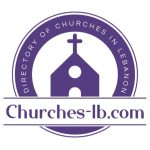

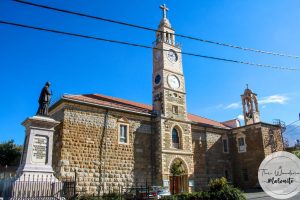
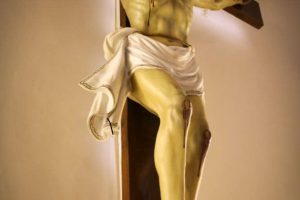
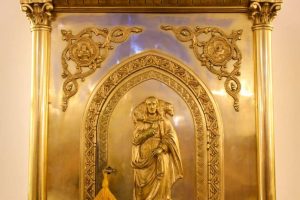
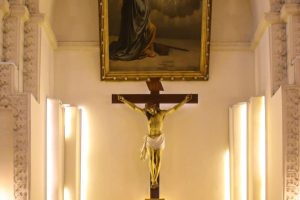
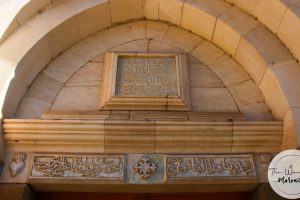
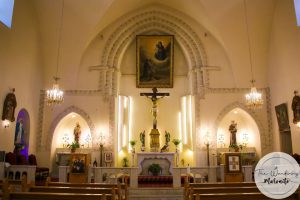
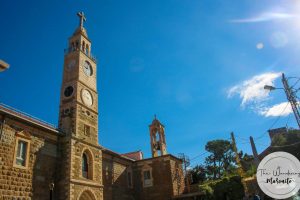
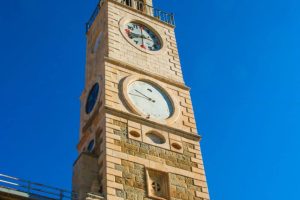
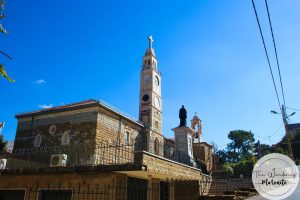
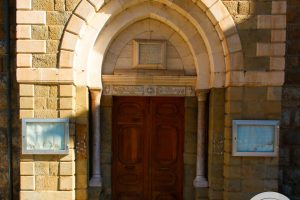
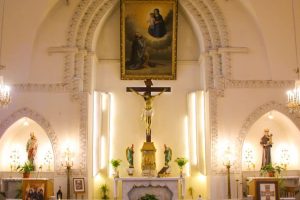














Reviews are disabled, but trackbacks and pingbacks are open.